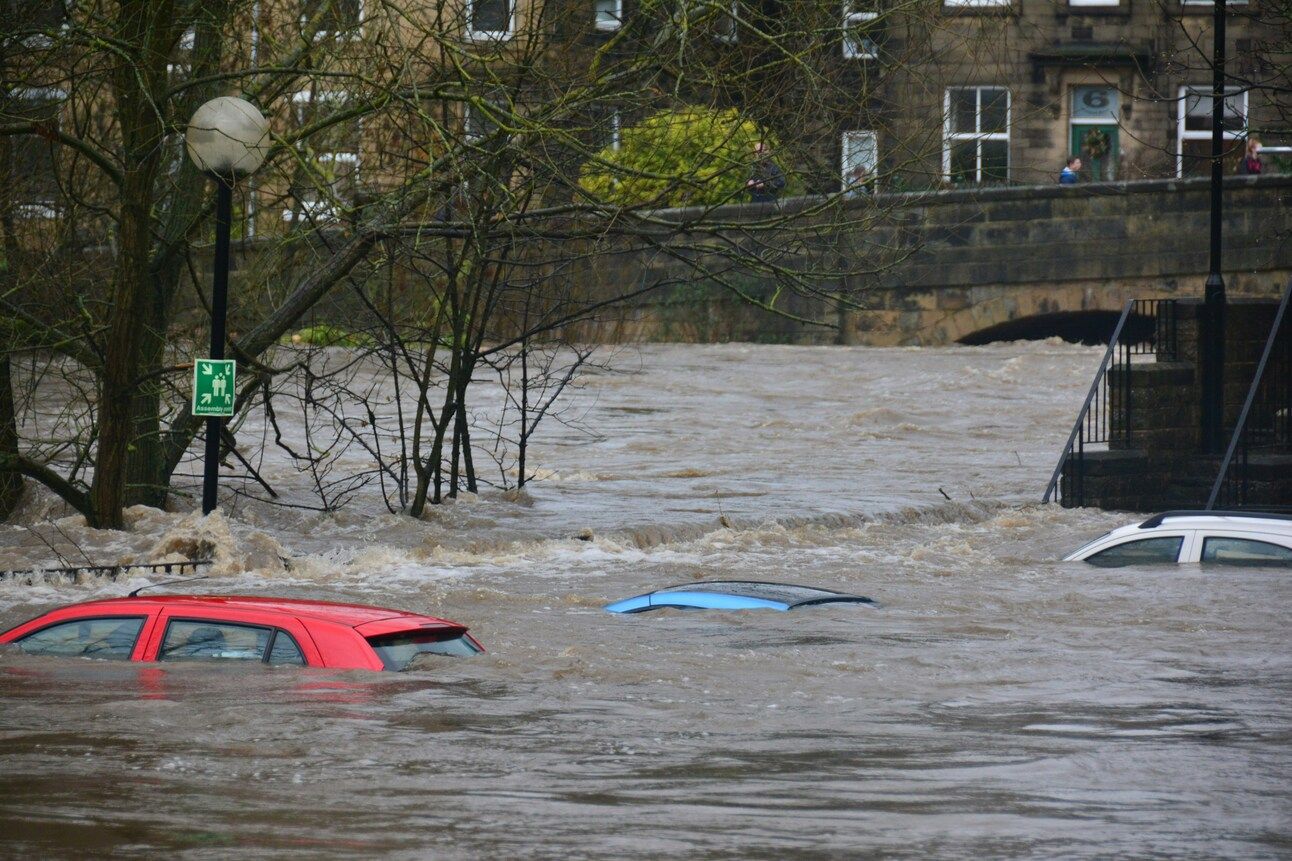Federal Reserve’s climate change risk assessment pilot provides a strong model to build on

The Fed engaged six large banks in a climate change risk study that can provide a roadmap for other businesses interested in similar assessments. Photo by Chris Gallagher on Unsplash
Anyone in a position of assessing their company’s risk when it comes to climate change and weather events should spend some time with the Federal Reserve’s latest report.
What you probably already know: Six major U.S. banks completed an assessment to determine how much they would be impacted by a once-in-200-year climate disaster such as major hurricanes, flooding and wildfires in the Northeast. The Federal Reserve released the results Thursday, which showed that 20-50% of the big banks’ commercial and residential real estate loans would be impacted.
Who participated: Bank of America, Citigroup, Goldman Sachs, JPMorgan Chase, Morgan Stanley and Wells Fargo.
Why? The goal was to determine how much the U.S. banking system is at risk should the country experience a major climate disaster. This was a pilot exercise but the full report is worth a read for anyone thinking about climate change risk assessment.
What it means: The Fed used different climate risk drivers as part of the assessment, and looked at direct risks like wildfires destroying homes to transition risks such as policy changes and consumer sentiment, and then broke them down by micro and macro channels to determine how those risks would play out.
What happens now? This was a pilot, so one would expect some iteration. Most of the banks worked with third-party vendors to do the assessment, which could signal a growing opportunity for climate risk consulting services. One likely outcome is more nuanced ways to understand the insurance market’s associated risk and related pricing adjustments, which downstream impacts the risk for the banks.

